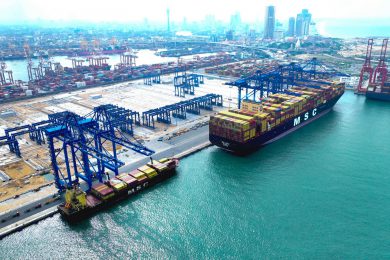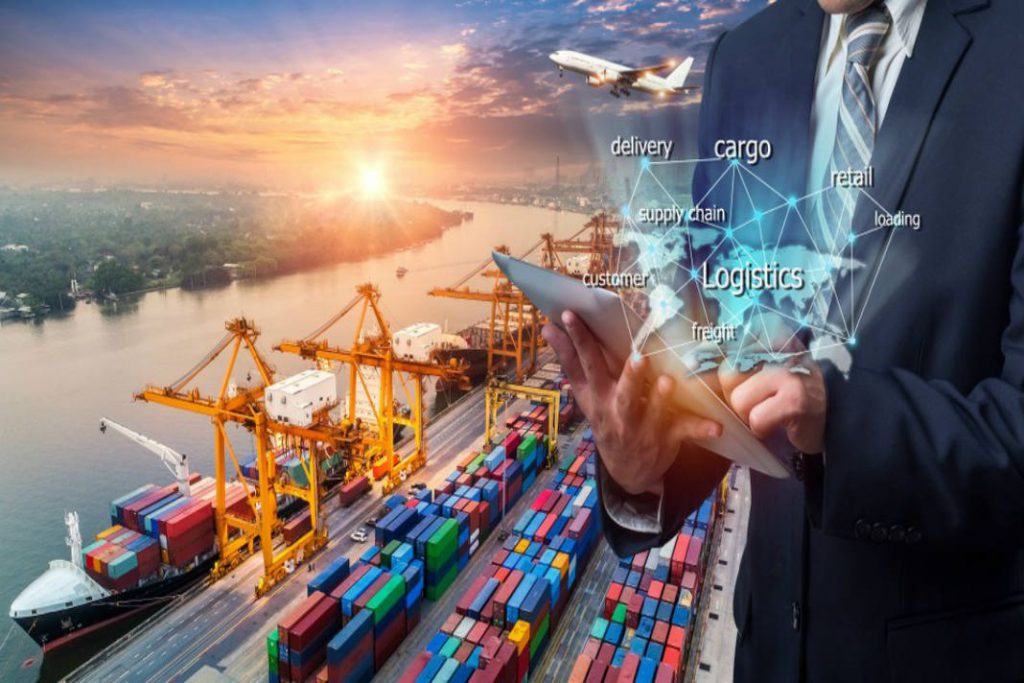Driving the digitalization of shipping is more important than ever. Increased data collection, processing and interconnectivity capabilities, enable automated systems to be controlled remotely or through artificial intelligence. Increased automation in shipping has the potential to enhance safety, to improve environmental performance, and to ensure more efficient and sustainable shipping.
by Kitack Lim, IMO Secretary-General
The pandemic, [Covid-19], has shown that shipping remains the leading facilitator of global trade. Vital medicines, food and energy have continued to flow around the globe.
I believe that digitalization is key in enabling the post-COVID recovery, strengthening the resilience of the global supply chain and taking shipping into a new era. The supply chains, which rely on shipping, need further digitalization of trade and customs procedures, to ensure the fast and secure exchange of data and information.
IMO is working to ensure shipping can embrace the digital revolution – while ensuring safety, boosting environmental protection and managing cyber security risks. Cooperation between all relevant stakeholders, from shipping, ports and logistics, will be vital to drive the digitalization of shipping, enhance its efficiency and sustainability, and therefore facilitating trade and fostering economic prosperity.
A priority is the harmonization of electronic messages to facilitate the exchange of information between ship and shore.
IMO has embraced electronic data exchange which is mandatory under the facilitation Convention since April 2019. Only last week, IMO’s Facilitation Committee, meeting in virtual session, approved a revised version of the IMO Compendium on Facilitation and Electronic Business. These are critical steps towards harmonized and standardised digitalization.
However, we have to recognize the challenges in implementing full scale digitalization in all countries. We have to leave no one behind, especially during the post-COVID recovery.
Building back better will mean building back with everyone on board. The advantages and benefits of digitalization need to be available across the globe, to the thousands of ports worldwide.
Recent discussions among key maritime stakeholders including various multilateral financial institutions have identified an urgent need to support digitalization in the port sector, especially in developing countries.
The COVID-19 pandemic has presented challenges. But we must seize the opportunities that increased digitalization in the maritime sector can present, to enhance the resilience of the maritime supply chain, to support sustainable development and to enable recovery.
Driving the digitalization of shipping is more important than ever. Increased data collection, processing and interconnectivity capabilities, enable automated systems to be controlled remotely or through artificial intelligence. Increased automation in shipping has the potential to enhance safety, to improve environmental performance, and to ensure more efficient and sustainable shipping.
This will only be achieved with greater levels of collaboration. We will push for a renewed focus on capacity building and on getting support for all countries to get on board the digital voyage and to focus on an increased cooperation between shipping, ports and logistics.
This will be vital for the efficiency and sustainability of shipping and therefore ensuring trade and fostering economic recovery and prosperity.
Excerpts of the remarks made by the author at the virtual meetings jointly organised by the International Maritime Organization (IMO) and the Maritime and Port Authority of Singapore (MPA)























